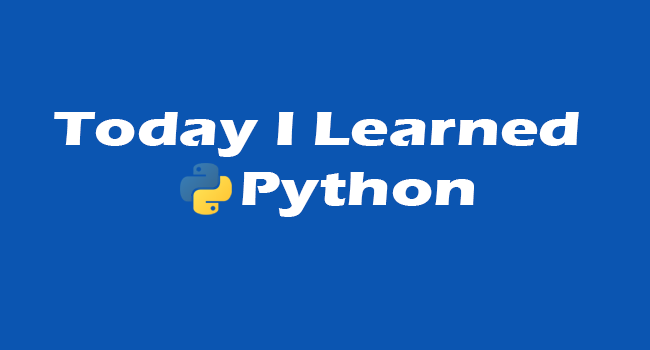
중고차 가격 예측 데이터
kaggle Used Cars Price Prediction
1. import package
import pandas as pd import numpy as np from sklearn.linear_model import LinearRegression, Ridge from sklearn.tree import DecisionTreeRegressor from sklearn.ensemble import RandomForestRegressor from sklearn.model_selection import train_test_split, cross_val_score, KFold from sklearn.metrics import mean_squared_error, r2_score from sklearn.preprocessing import StandardScaler from sklearn.impute import SimpleImputer from sklearn.pipeline import Pipeline, make_pipeline from eli5.sklearn import PermutationImportance import eli5 from category_encoders import OneHotEncoder, OrdinalEncoder import seaborn as sns import matplotlib.pyplot as plt import warnings warnings.filterwarnings('ignore') %matplotlib inline
2. read data
train = pd.read_csv('train-data.csv', index_col=0) test = pd.read_csv('test-data.csv', index_col=0) train.head()
2-1. train, validation data split
train, val = train_test_split(train, test_size=0.15, random_state=2) train.shape, val.shape # # ((5116, 13), (903, 13))
3. EDA data
train.head()
3-1. check Data type
train.dtypes # # # Name object # Location object # Year int64 # Kilometers_Driven int64 # Fuel_Type object # Transmission object # Owner_Type object # Mileage object # Engine object # Power object # Seats float64 # New_Price object # Price float64 # dtype: object3-2. check data describe
train.describe(include='all').T
3-3. check NaN
train.isna().sum() # # Location 0 # Year 0 # Kilometers_Driven 0 # Fuel_Type 0 # Transmission 0 # Owner_Type 0 # Mileage 0 # Engine 28 # Power 113 # Seats 0 # Price 0 # dtype: int64
4. feature engineering
def engineering(df): # ignore copy warning temp_df = df.copy() # Mileage convert km/kg -> kmpl try: temp_df = temp_df.dropna(subset=['Mileage']) except: pass temp_df['Mileage'] = temp_df['Mileage'].apply(lambda x : x.split(' ')[0]) temp_df['Mileage'] = temp_df['Mileage'].astype(float) # Owner_Type transform Ordinal variable filter_map = {'First' : 1, 'Second' : 2, 'Third' : 3, 'Fourth & Above' : 4} temp_df['Owner_Type'] = temp_df['Owner_Type'].replace(filter_map).astype(int) # Engine delete CC & Power delete bhp and transform type temp_df['Engine'] = temp_df['Engine'].apply(lambda x : x.split(' ')[0] if type(x) != float else np.nan) temp_df['Engine'] = temp_df['Engine'].astype(float) temp_df['Power'] = temp_df['Power'].apply(lambda x : x.split(' ')[0] if type(x) != float and 'null' not in x else np.nan) temp_df['Power'] = temp_df['Power'].astype(float) # fill nan to typical number of seats in a car temp_df['Seats'] = df.Seats.fillna(4) # drop New_Price, Name(high cardinality) temp_df.drop(['New_Price', 'Name'], axis=1, inplace=True) return temp_df train = engineering(train) val = engineering(val) test = engineering(test)4-1. check data
train.head()
4-2. check label distribution
train.Price.describe() # # count 5114.000000 # mean 9.471707 # std 10.940472 # min 0.440000 # 25% 3.500000 # 50% 5.650000 # 75% 10.000000 # max 120.000000 # Name: Price, dtype: float64train.Price.plot.box();
sns.histplot(train.Price);
4-3. drop label outlier
# get outlier index def get_outlier(df, col): outlier_idx = df.loc[df[col] > np.percentile(df[col], 98)].index return outlier_idx # taget log transform def log_transform(df, col): df[col] = df[col].apply(lambda x : np.log1p(x)) return df # inverse target def inverse_target(data): return np.expm1(data) # drop outlier idx = get_outlier(train, target) idx train.drop(idx, axis=0, inplace=True) idx = get_outlier(val, target) val.drop(idx, axis=0, inplace=True) # log transform train = log_transform(train, target) val = log_transform(val, target) # check distribution sns.histplot(train.Price);
train.Price.plot.box();
5. split feature, target
X_train = train.drop(target, axis=1) y_train = train[target] X_val = val.drop(target, axis=1) y_val = val[target] X_test = test.copy()
6. cross validation
linreg = LinearRegression() ridge = Ridge() dtreg = DecisionTreeRegressor() rtreg = RandomForestRegressor() scores = {} models = [linreg, ridge, dtreg, rtreg] model_names = ['LinearRegression', 'Ridge', 'DecisionTreeRegressor', 'RandomForestRegressor'] for idx, model in enumerate(models): if idx <= 1: pipe = make_pipeline(OneHotEncoder(use_cat_names=True), SimpleImputer(), StandardScaler(), model) pipe.fit(X_train, y_train) acc = cross_val_score(pipe, X_train, y_train, scoring='r2', cv=10) scores[model_names[idx]] = acc if idx > 1: pipe = make_pipeline(OrdinalEncoder(), SimpleImputer(), model) pipe.fit(X_train, y_train) acc = cross_val_score(pipe, X_train, y_train, scoring='r2', cv=10) scores[model_names[idx]] = acc results = pd.DataFrame(scores).T results
6-1. check models score
results['mean'] = results.mean(axis=1) result_df = results.sort_values(by='mean', ascending=False) result_df
result_df.drop('mean', axis=1, inplace=True) plt.figure(figsize=(8, 6)) sns.boxplot(data=result_df.T, orient='h') plt.title('Models cross validation $R^2$ Score', fontsize=18) plt.xlabel('$R^2$ Score', fontsize=12) plt.show()
6-2. predict validation data and check score
pipe = make_pipeline(OrdinalEncoder(), SimpleImputer(), RandomForestRegressor()) pipe.fit(X_train, y_train) y_pred_val = pipe.predict(X_val) print('validation r2 score : {}'.format(r2_score(y_val, y_pred_val))) # # validation r2 score : 0.9116601151239483
7. Feature importance
importance = pipe[2].feature_importances_ feature = X_train.columns importances = pd.DataFrame() importances['feature'] = feature importances['importances'] = importance importances.sort_values('importances', ascending=False, inplace=True) importances.reset_index(drop=True, inplace=True) importances
plt.figure(figsize=(10, 8)) sns.barplot(x='importances', y='feature', data=importances) plt.title('Random Forest Feature Importances', fontsize=18) plt.show()
7-1. Permutaion Importance
# Permutation Importance pipe2 = make_pipeline(OrdinalEncoder(), SimpleImputer()) X_train_t = pipe2.fit_transform(X_train) X_val_t = pipe2.transform(X_val) rf = RandomForestRegressor().fit(X_train_t, y_train) perm_imp = PermutationImportance(rf, scoring='r2', random_state=2) perm_imp.fit(X_val_t, y_val) perm_imp_df = pd.DataFrame() perm_imp_df["feature"] = feature perm_imp_df["importance"] = perm_imp.feature_importances_ perm_imp_df.sort_values(by='importance', ascending=False, inplace=True) perm_imp_df.reset_index(drop=True, inplace=True) perm_imp_df
7-2. Radom Forest Feature Importance vs Permutaion Feature Importance
fig, axes = plt.subplots(1, 2, figsize=(22, 10)) plt.rcParams.update({'font.size':10}) sns.barplot(x='importances', y='feature', data=importances, ax=axes[0]) axes[0].set_title('Random Forest Feature Importance', fontsize=18) sns.barplot(x='importance', y='feature', data=perm_imp_df, ax=axes[1]) axes[1].set_title('Permutaion Feature Importance', fontsize=18) plt.show()
3개의 댓글
Yes, I also did not have the necessary amount of money to buy a new car. And so I decided to buy a used car in the driveaxis service. These guys advised me to choose a 2018 German BMW and I was not disappointed at all. In the service, I was able to get a loan to buy a car with a low interest rate, and such a loan does not bother me at all, because thanks to a personal car, I can solve my work matters much faster and more productively.
I can say that the situation with the used car prices has changed a lot, and nowadays, it's not a problem to find an affordable offer. But it's important to remember about the car bill of sale in order to avoid problems with the car in the future, even if you're buying a used car, and for me, georgia bill of sale pdf turned out to be actually helpful.

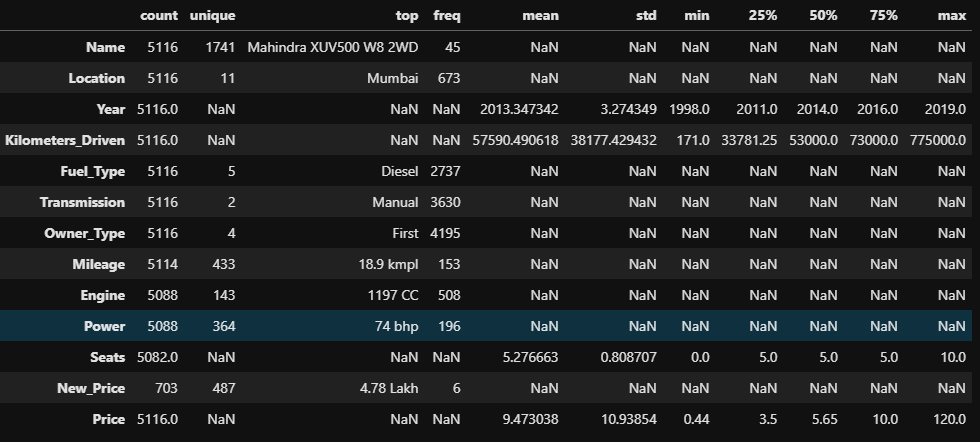

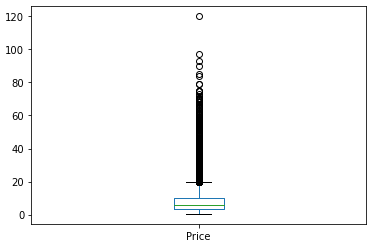
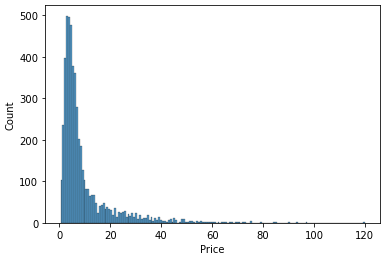
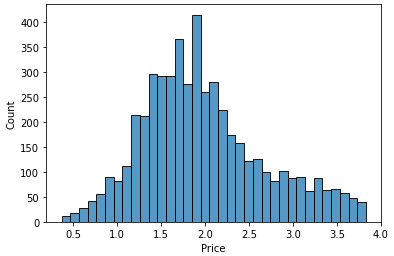
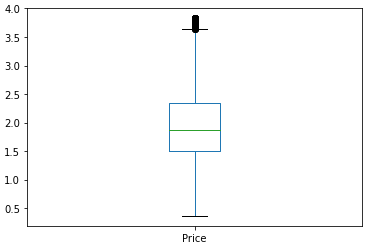


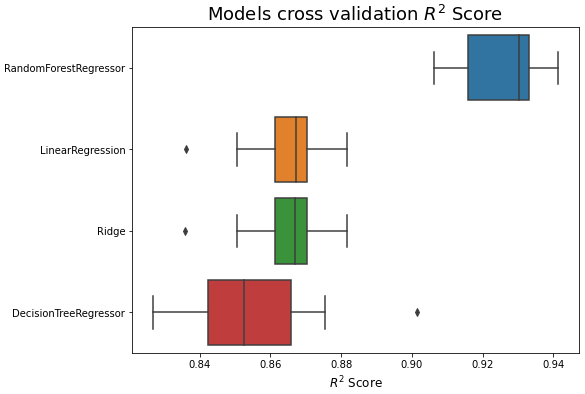
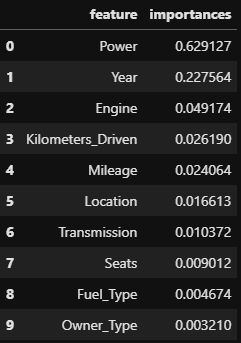
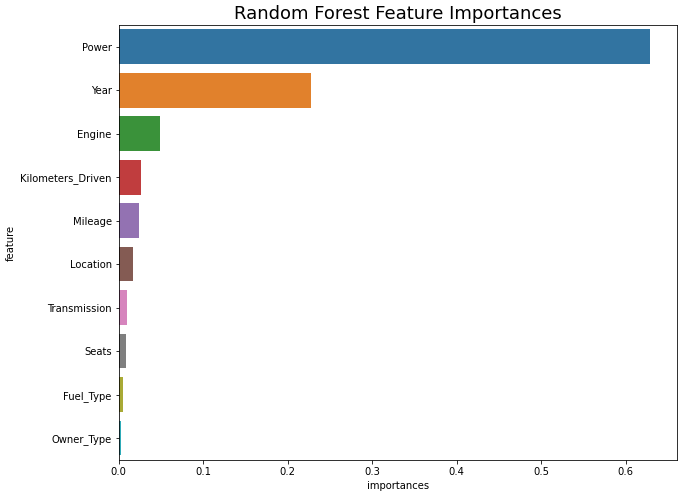
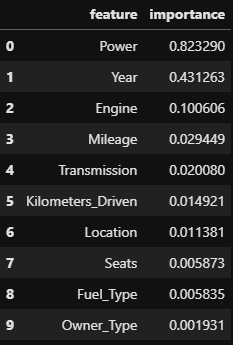
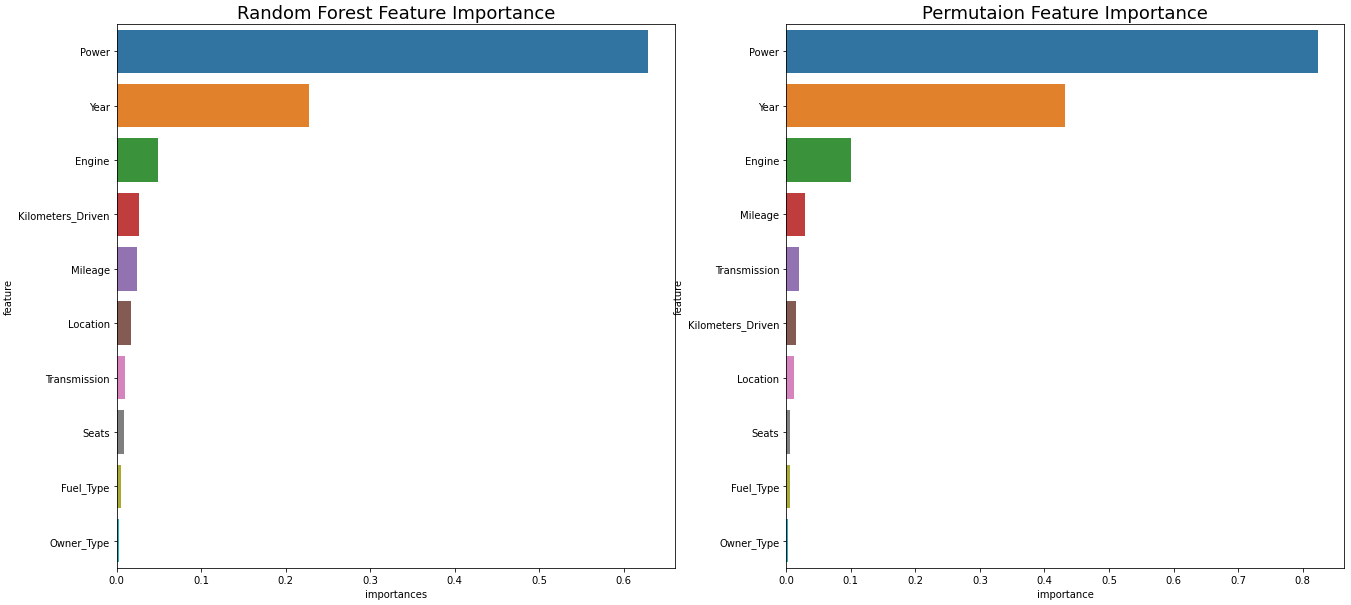



I would like to buy myself a used car at a good price.